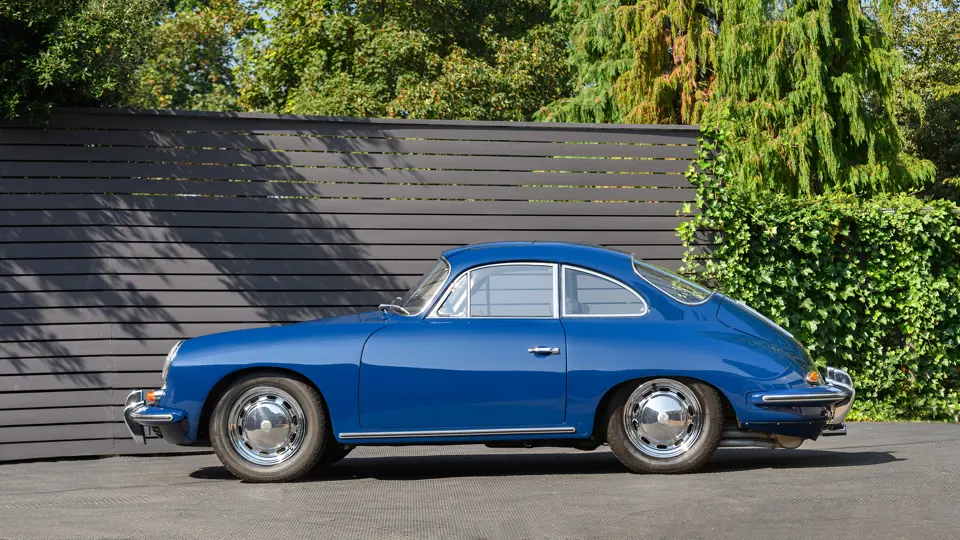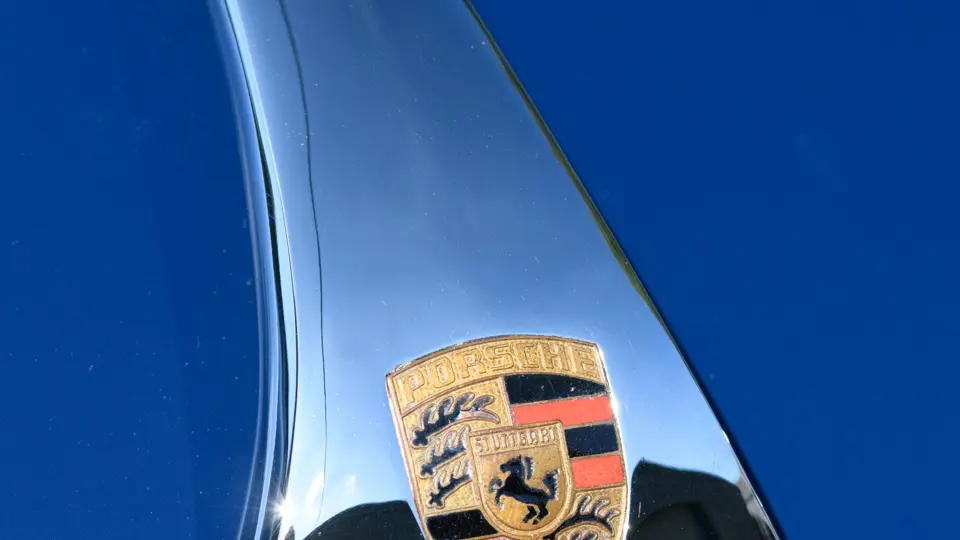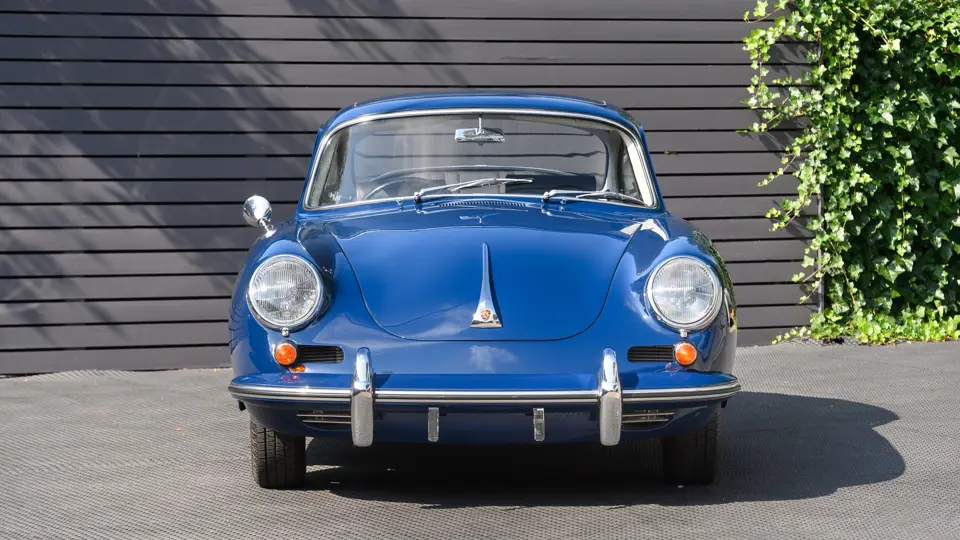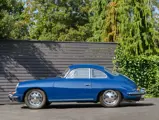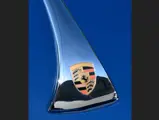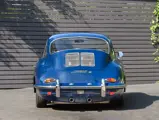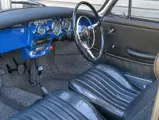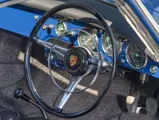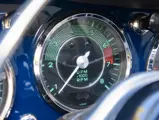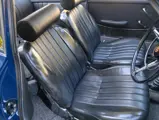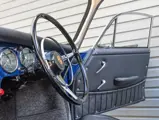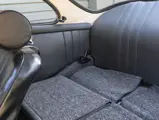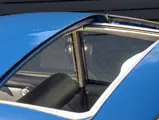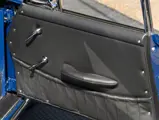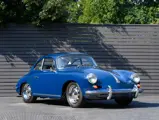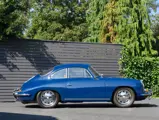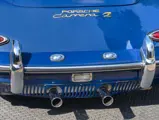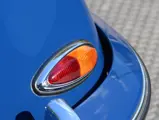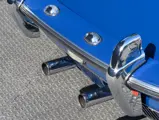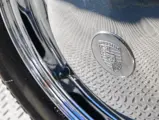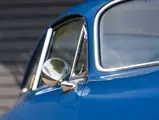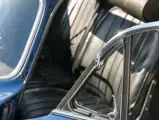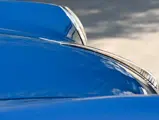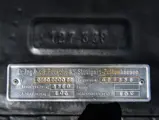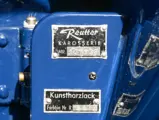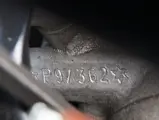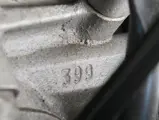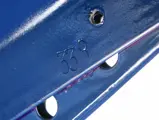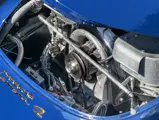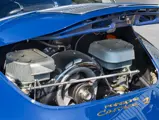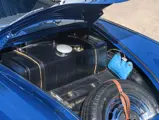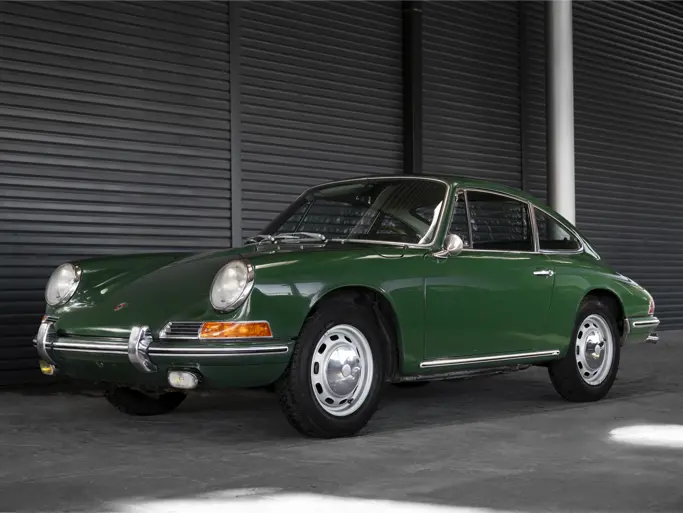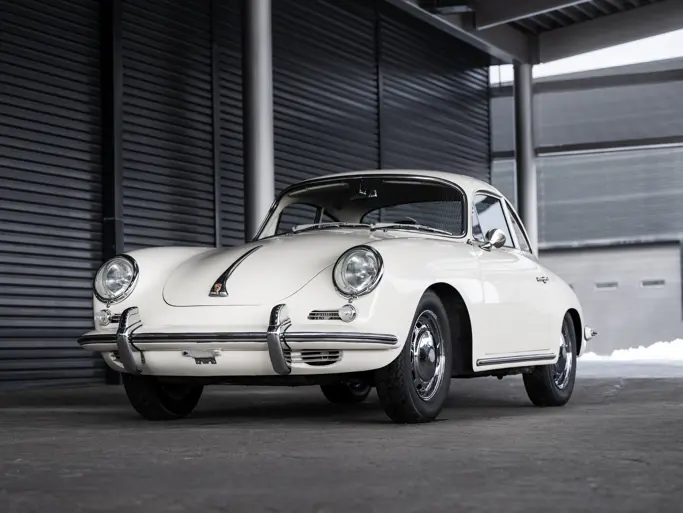
1964 Porsche 356 C Carrera 2 2000 GS Coupe by Reutter
{{lr.item.text}}
£450,000 - £550,000 GBP | Not Sold
{{bidding.lot.reserveStatusFormatted}}
- One of just 101 356 C Carrera 2s believed to have been constructed between 1963 and 1965
- Retaining its numbers-matching 130 horsepower four-cam Type 587/1 engine
- First owned by prominent 1960s Ferrari and Lola privateer racing driver Chris Kerrison
- Fitted with rare factory-optional, electrically operated sunroof
- Retaining original 356 tool kit, jack, and Reutter body plate
- Benefitting from recent £4,300 service by marque specialists P R Services of Billericay, Essex
Rarely has there been a more compelling example of a wolf in sheep’s clothing than Porsche’s potent yet magnificently discreet 356C Carrera 2. Virtually indistinguishable in appearance from the standard 95 horsepower 356C, the Carrera 2 packed a punch beneath its demure exterior. Its 550 Spyder-derived, two litre, four-cam engine propelled it to sixty miles per hour in nine seconds and on to a top speed of 130 miles per hour, whilst Porsche’s new ATE-manufactured disc brakes and rear transverse leaf arrangement ensured that both braking and handling kept pace with performance. According to the reference book by Carrera historians Sprenger and Heinrichs, just 101 356C Carrera 2s are believed to have been built between 1963 to 1965, out of a total 356 production of over 76,000, spanning 17 years. In all respects, this was a very special car indeed.
This highly significant and incredibly rare Carrera 2 Coupe—one of just six right-hand drive cars constructed—was imported by British Porsche Distributor AFN Limited in January 1964. Completed in the distinguished colour scheme of Bali Blue with black interior, it boasted several desirable factory options including driver and passenger headrests, a luggage rack, chrome plated disc wheels and—most unusually for the time—an electrically operated sunroof fitted by the factory.
Chassis number 127338 was subsequently supplied to its first owner, accomplished racing driver Chris Kerrison, who had risen to prominence driving small capacity Lotus Sports Cars in National events in the late 1950s. Kerrison had graduated to a Lola Mk 1 for 1961; a season which—amongst other things—saw him win his class in the Nürburgring 1000 kilometres, sharing the car with Peter Sargent. Shortly afterwards, Kerrison added the ex-Rob Walker/Stirling Moss 1961 Goodwood TT-winning Ferrari 250 GT SWB to his stable, although the car later gained notoriety in the 1962 edition of the race when Kerrison’s hapless co-driver Robin Benson crashed into the parked (and already severely damaged) Aston Martin DB4GT Zagato of Jim Clark and the similarly stricken Ferrari 250 GTO of John Surtees.
Interestingly, the arrival of this car on British shores almost exactly coincides with Kerrison’s participation in the 1964 Daytona 2000 kilometres, in which he shared the Aston Martin Project 214 of the Hon. John Dawnay—later Viscount Downe—with Brian Hetreed. Following its Goodwood accident, the crashed Ferrari had been sent to Piero Drogo’s fabled carrozzeria in Modena for repairs, the resulting car displaying an attractive blend of Ferrari 250GTO and “Breadvan” features. Thereafter, Kerrison campaigned “the Drogo”, as it became colloquially known, throughout Europe in 1963 and 1964, frequently commuting between races that second season in this very car—still, somewhat quaintly—displaying its original German licence plates.
Kerrison retained the car for some fourteen years before selling it to prominent Porsche Club UK member John Hearn in 1978, at which point it had covered some 20,000 miles. In common with its previous owner, Hearn retained the car on German rather than British registration papers; a move which doubtless facilitated the sale to renowned Porsche restorer and collector Manfred Knebel of Empfingen, near Stuttgart in 1982. Knebel retained the car for the next 24 years, exercising it frequently, before selling it to UK-based collector John Ruston in 2006. Significantly, the engine was rebuilt at Knebel’s eponymous restoration shop—which specialises in Porsche four-cam engines—prior to the sale.
Throughout Ruston’s ownership, chassis number 127338 was maintained by marque specialists Maxted-Page & Prill, who performed routine servicing work as well as preparing it for occasional Historic rally events. Indeed, the pair participated in the 2007 Tour de Espana-Portugal, which resulted in a highly creditable second place overall in the regularity section. In 2010, the car joined a very private but highly significant Porsche-focussed collection, benefitting from further sympathetic cosmetic attention and servicing by Maxted-Page & Prill amounting to some £10,241.
The Porsche was purchased by the vendor in 2018, and during his ownership has been subjected to further servicing work by noted 356 specialists PR Services of Billericay, Essex, amounting to some £4,284. As such, the car remains immaculately prepared for the myriad of Historic Touring and Rallying events for which it is eligible, not to mention exhilarating road use. This tremendous versatility—combined with its fascinating early life, historical correctness and enviable rarity—render it arguably the most noteworthy late-specification 356 currently available and a “must have” for any committed Porsche enthusiast.





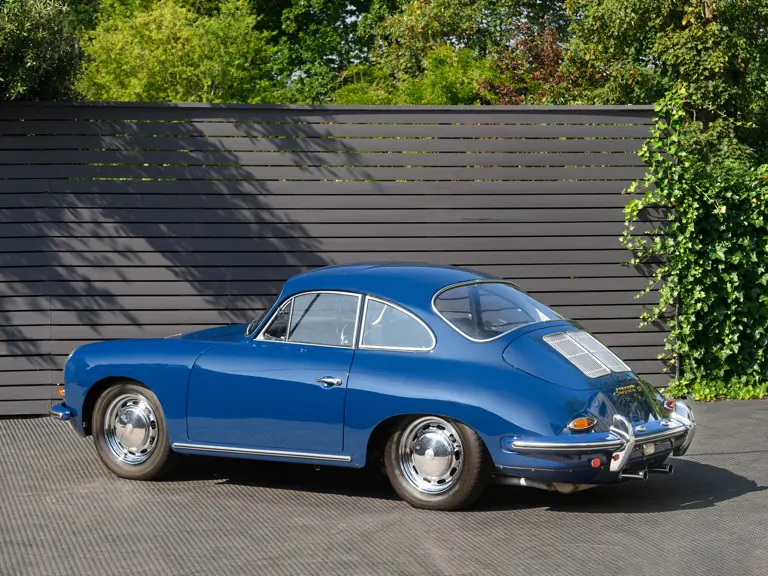
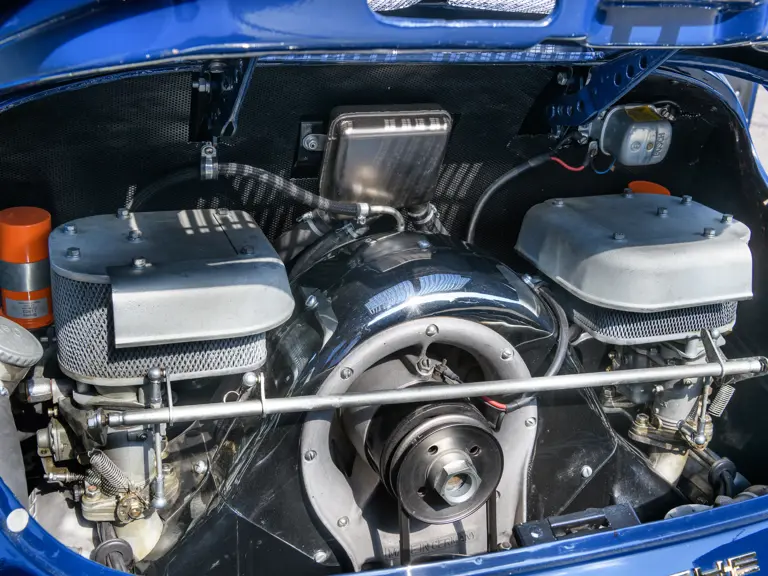

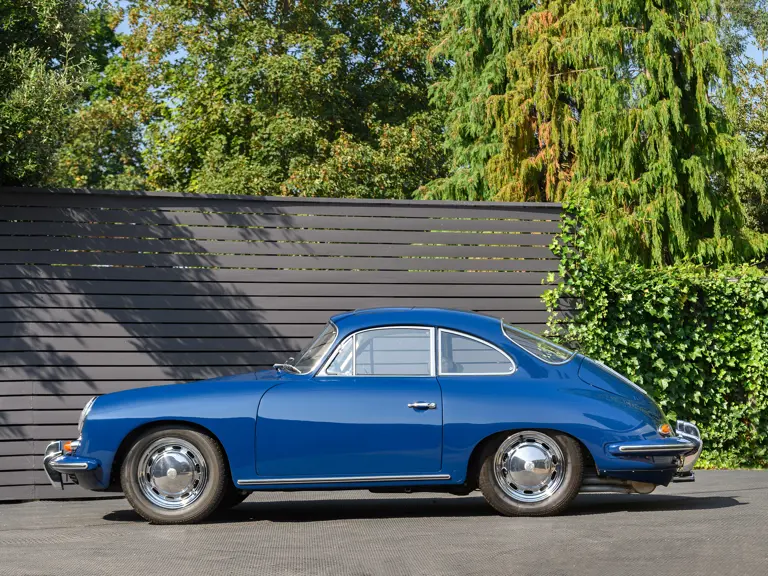
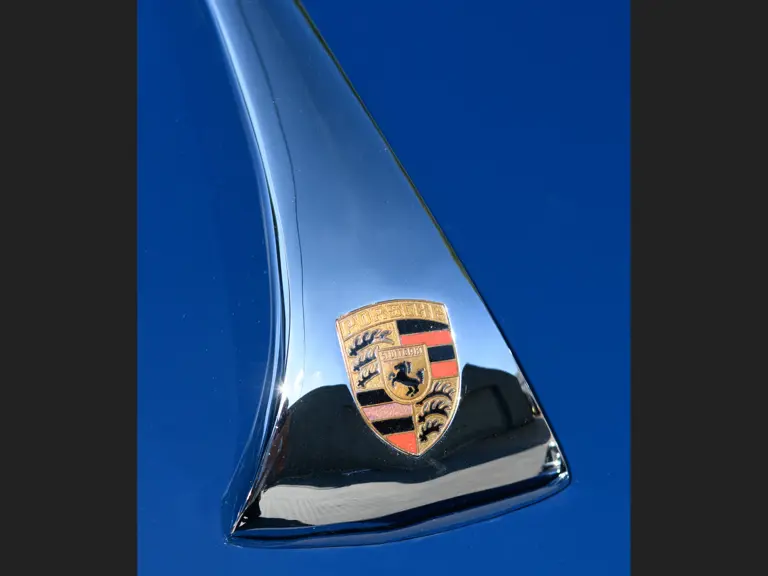
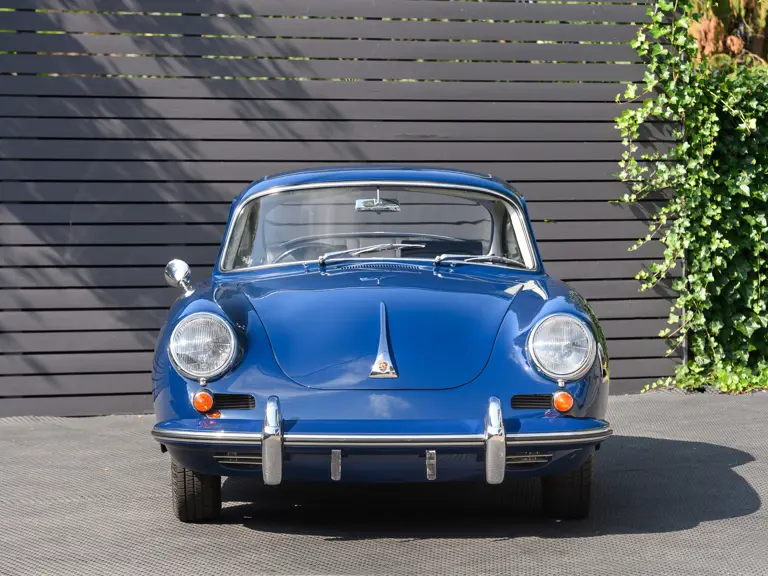
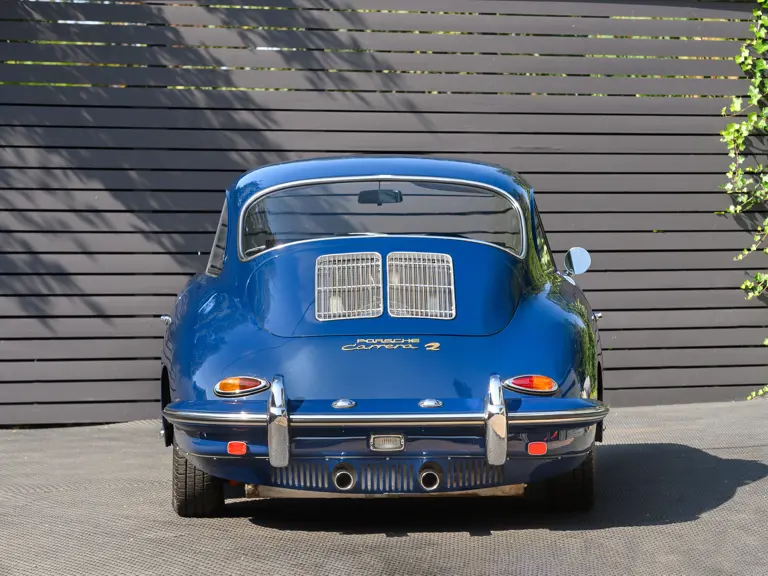
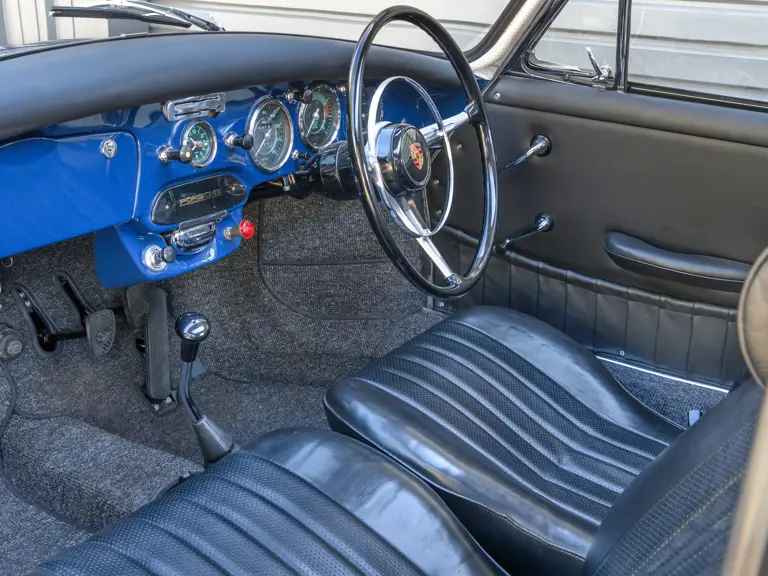
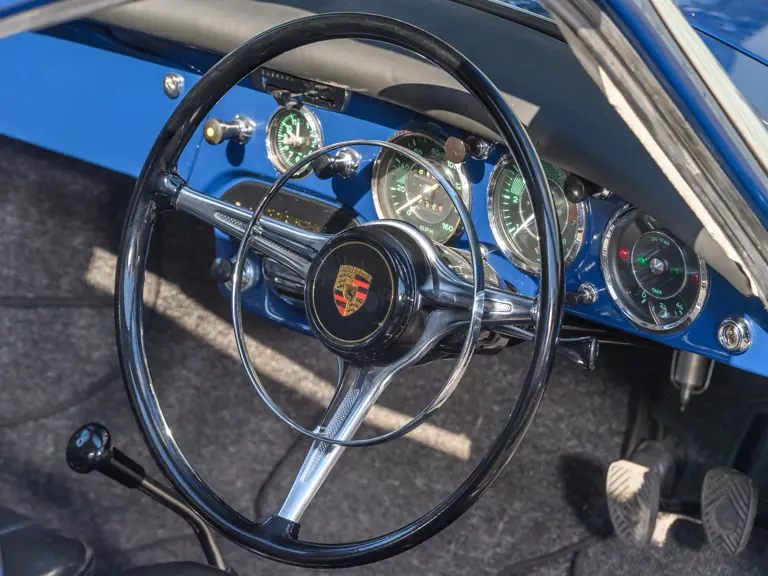

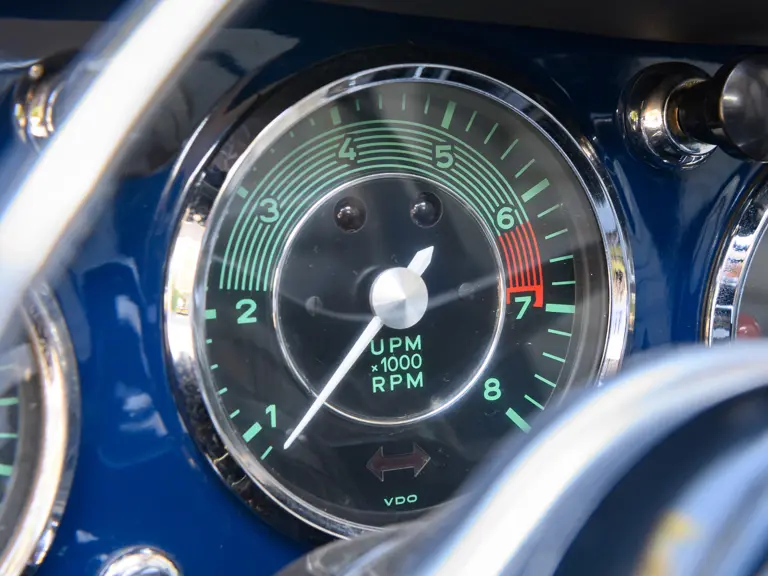
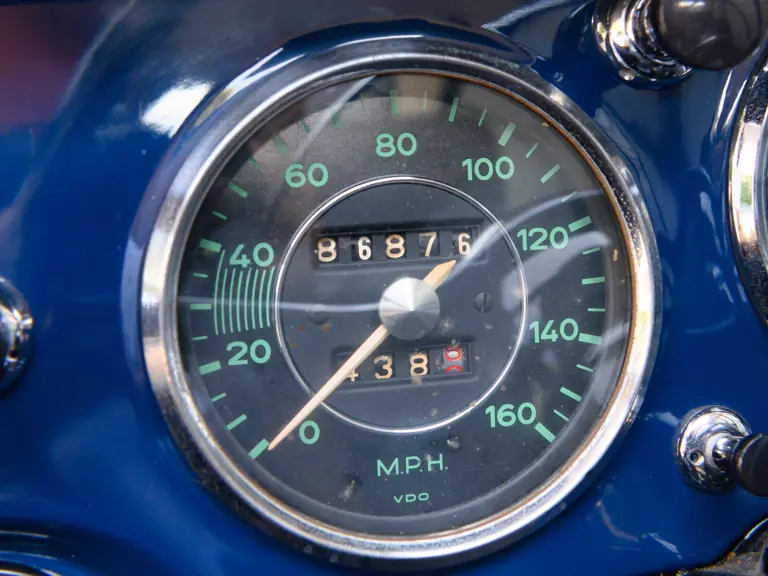


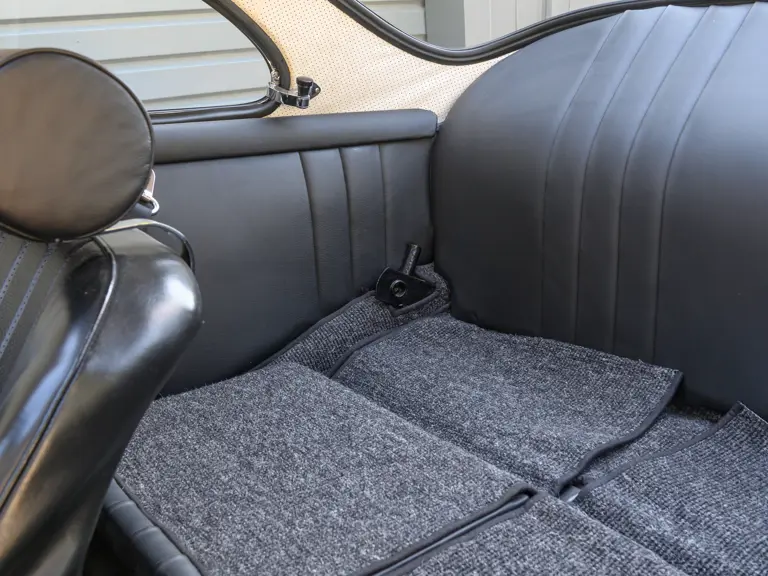
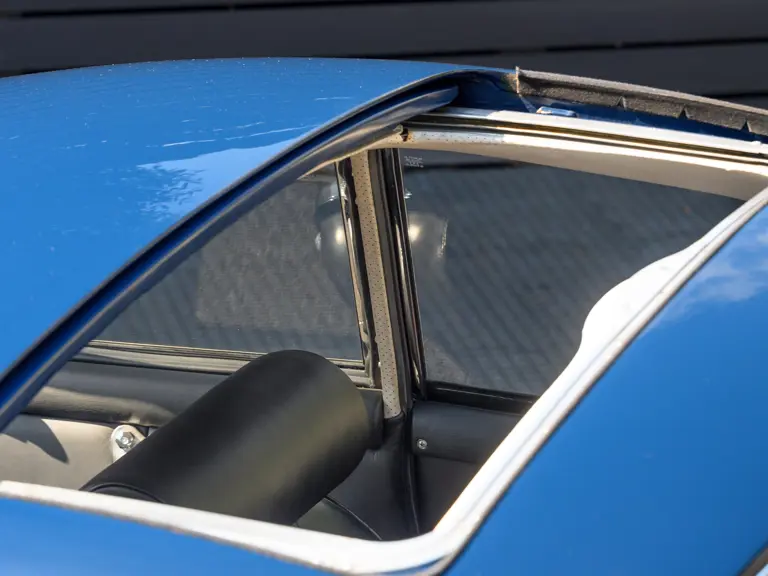

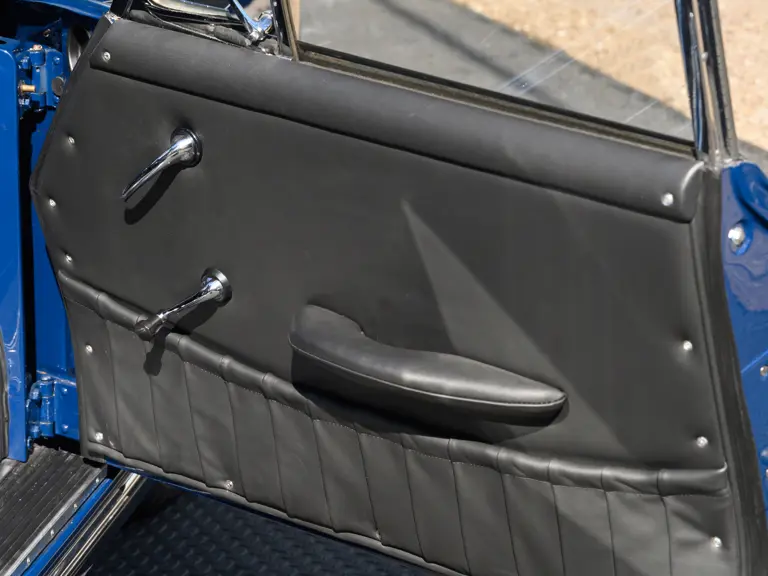

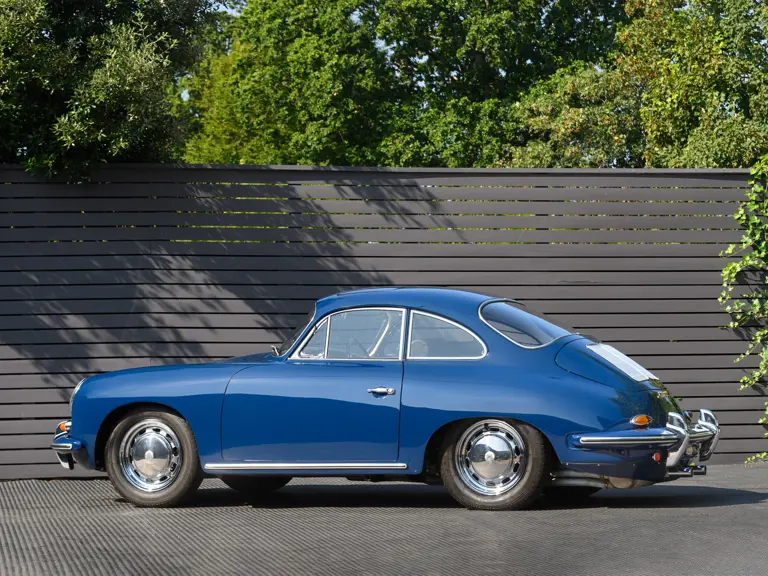
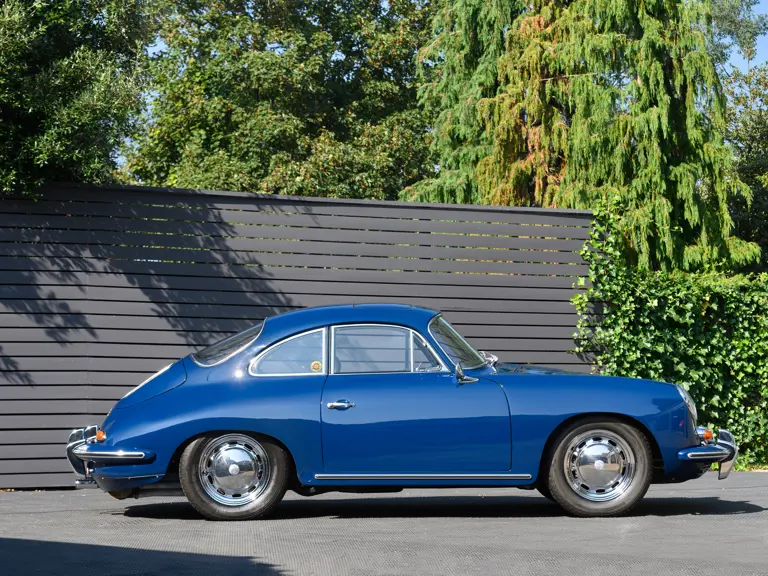
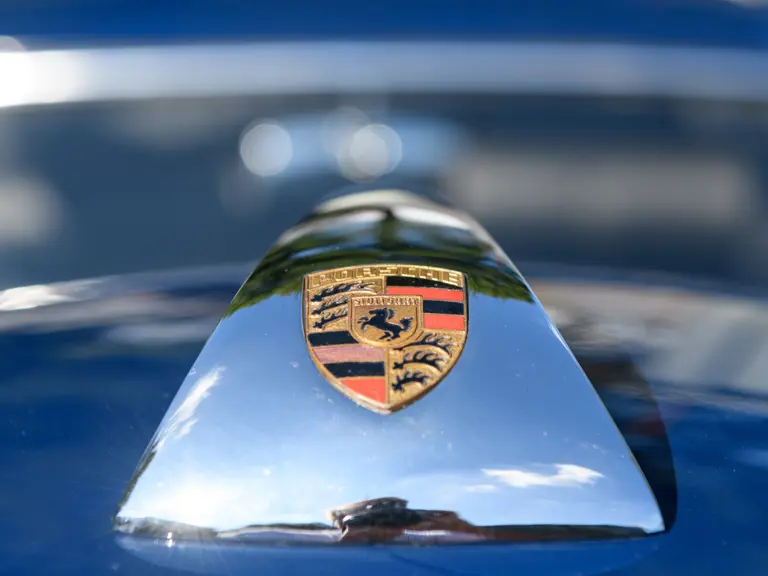
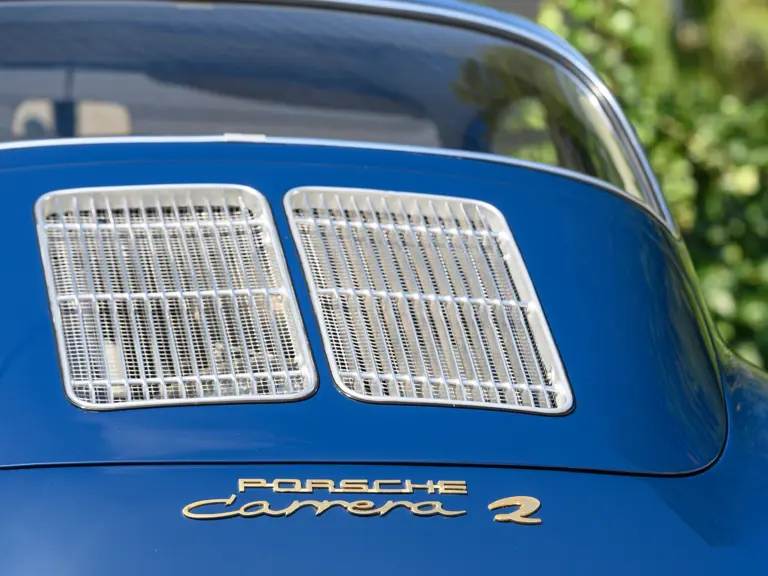
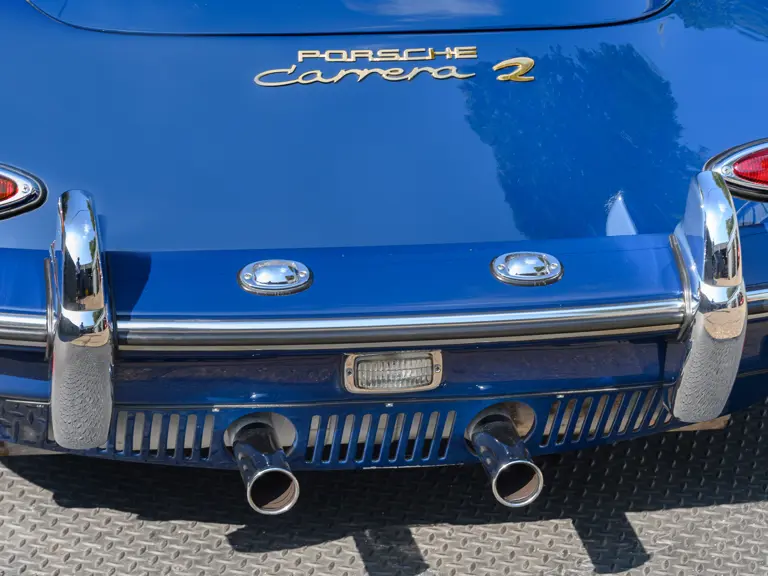
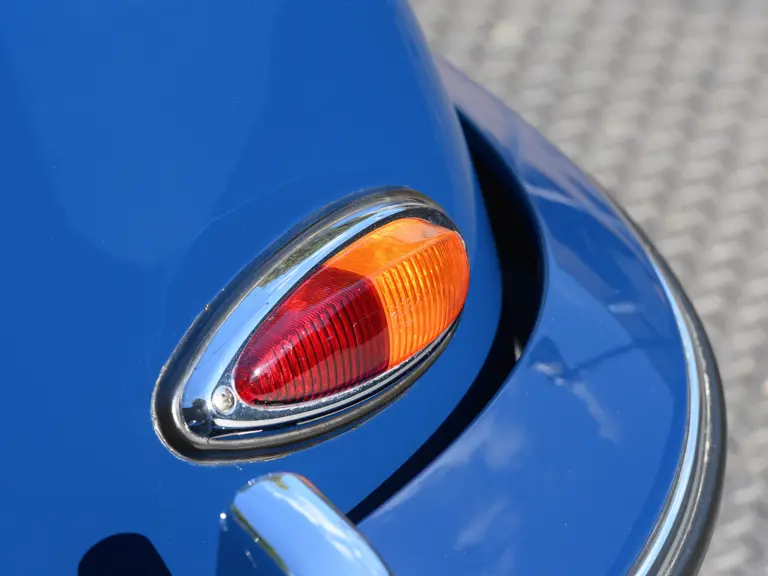
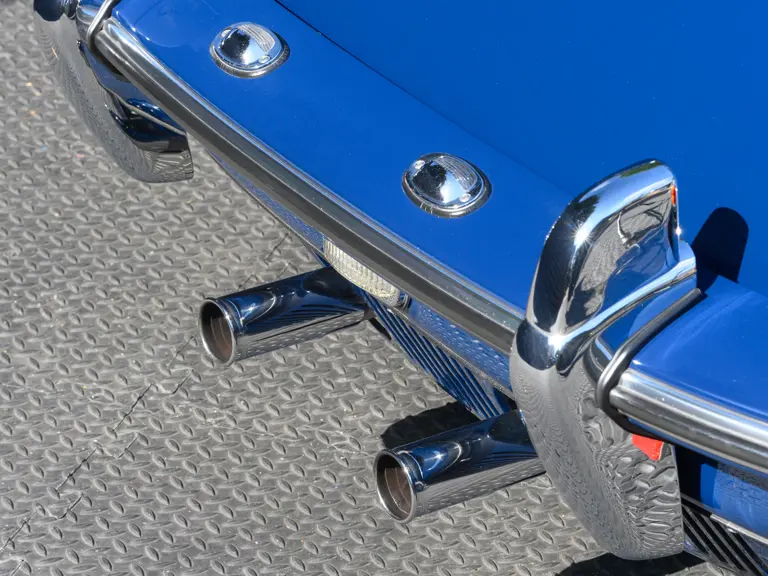
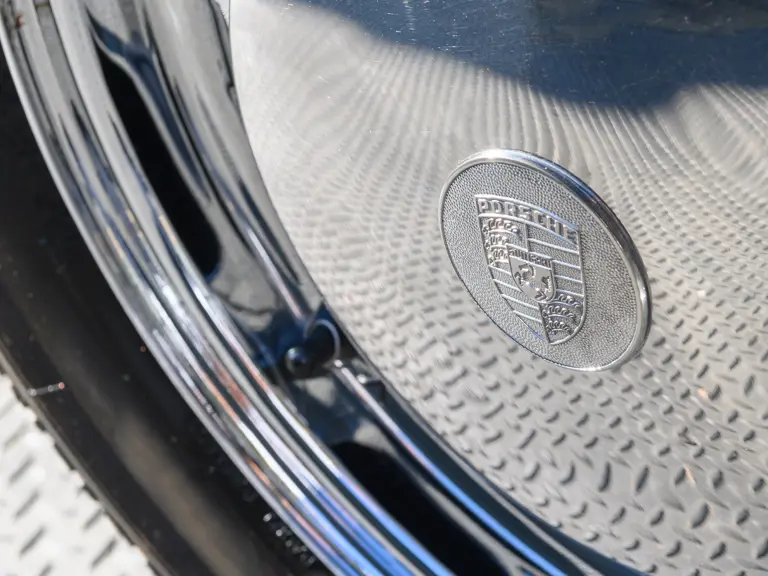

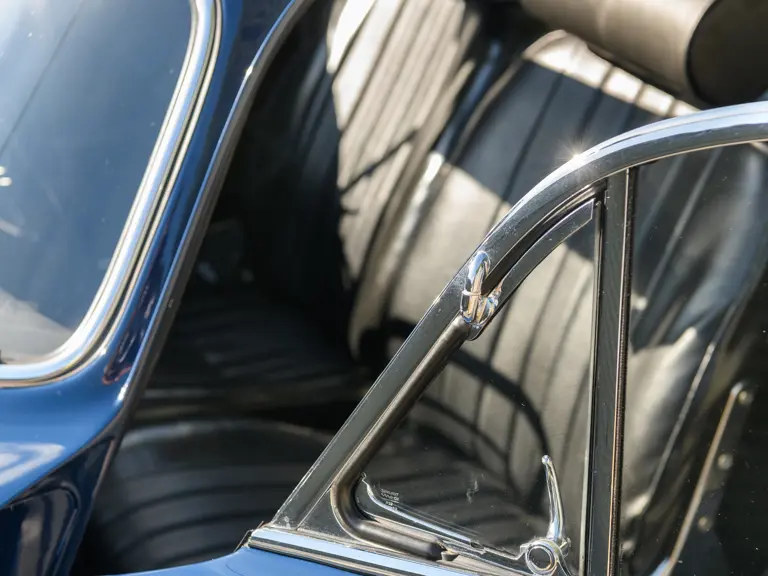
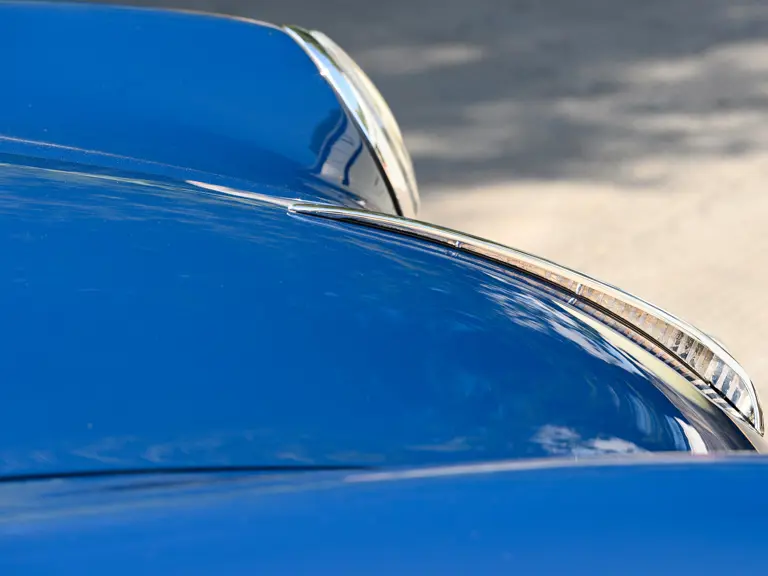

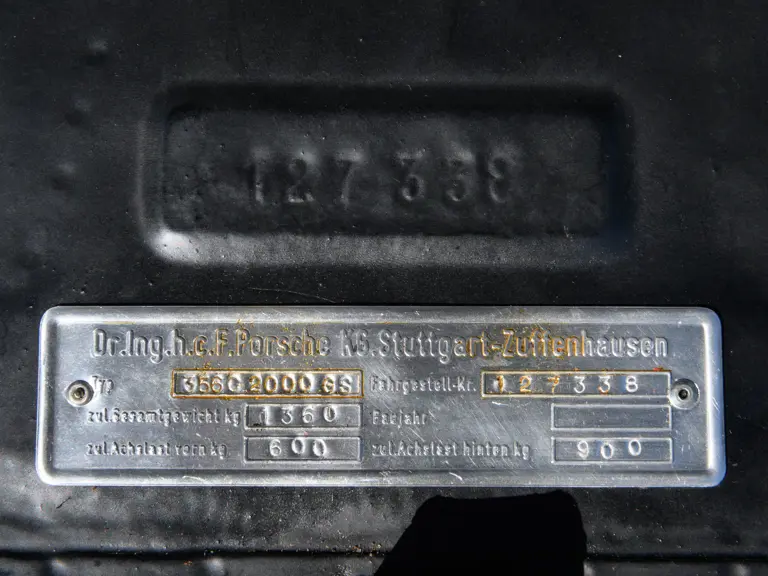
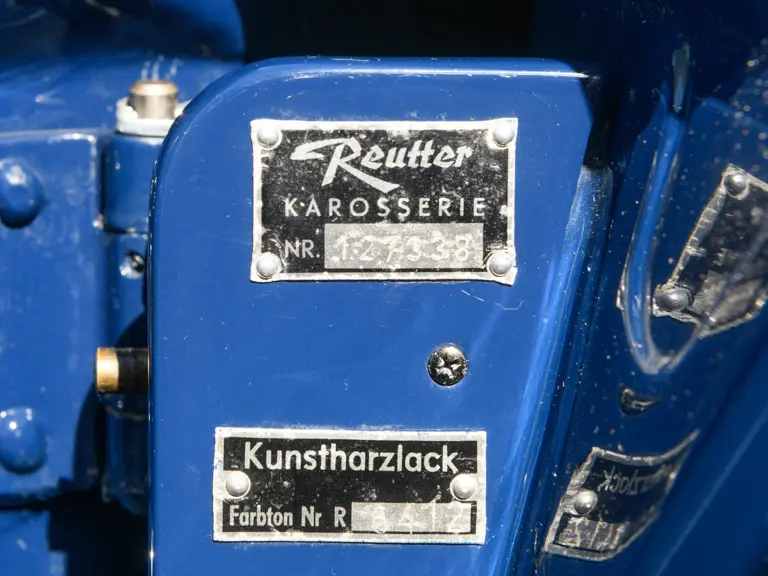
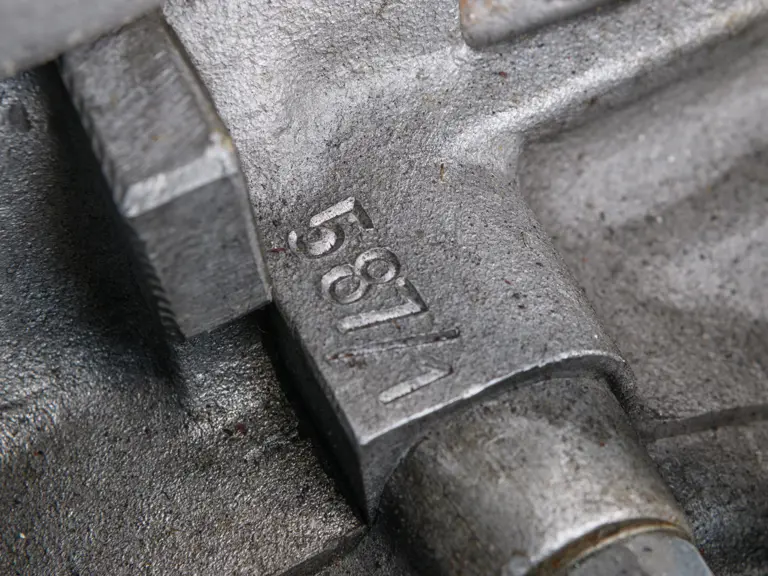
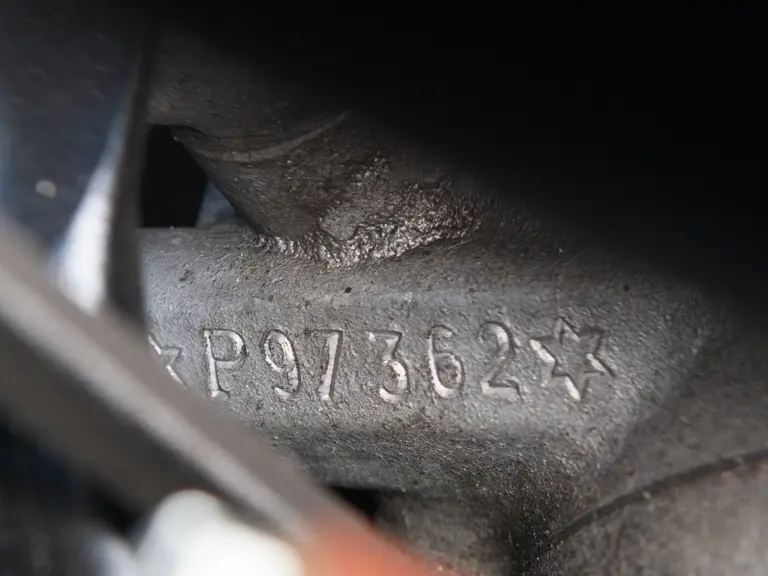
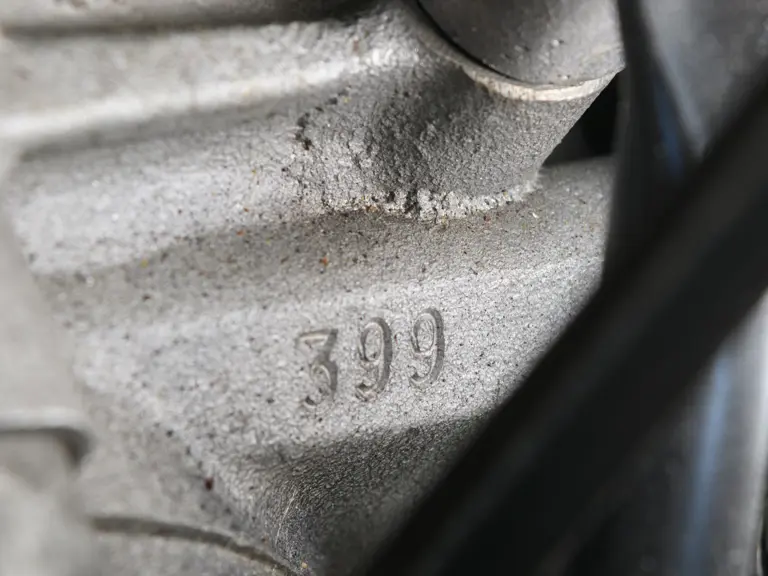

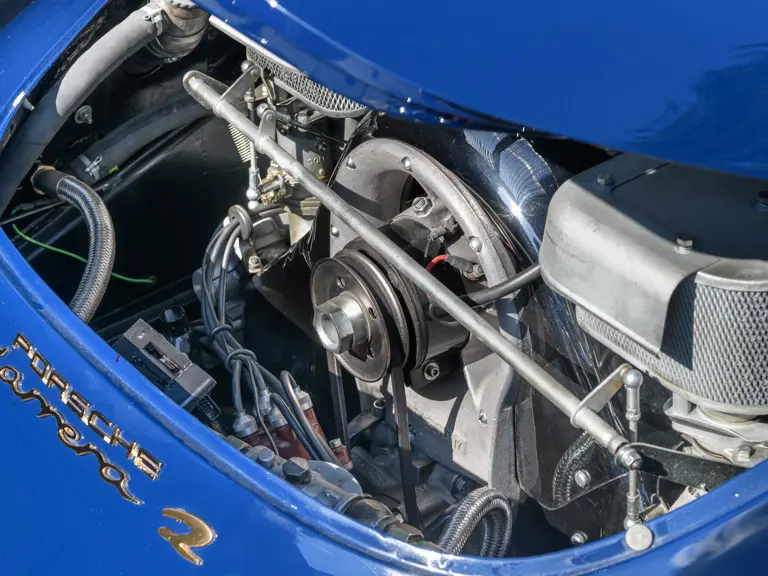

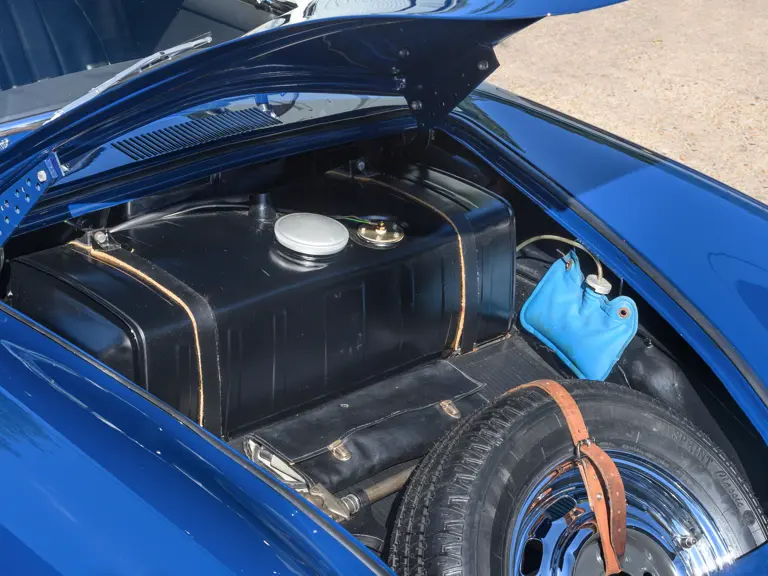
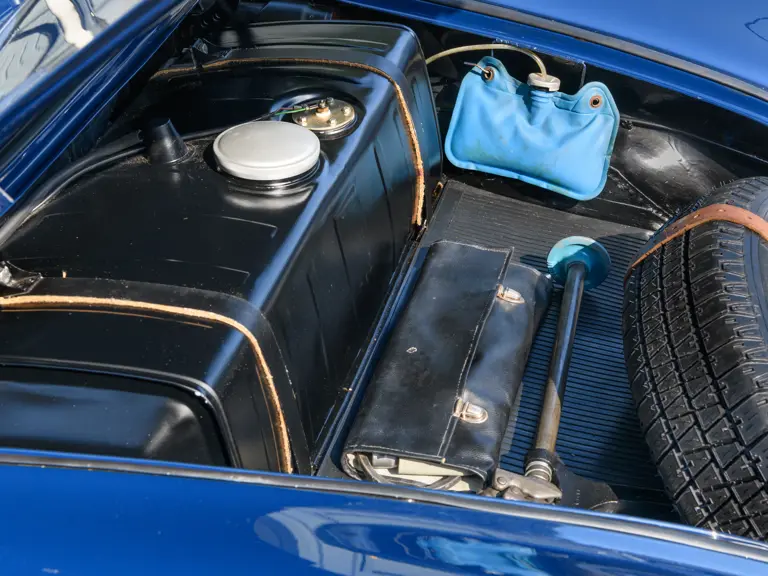
 | London, United Kingdom
| London, United Kingdom
